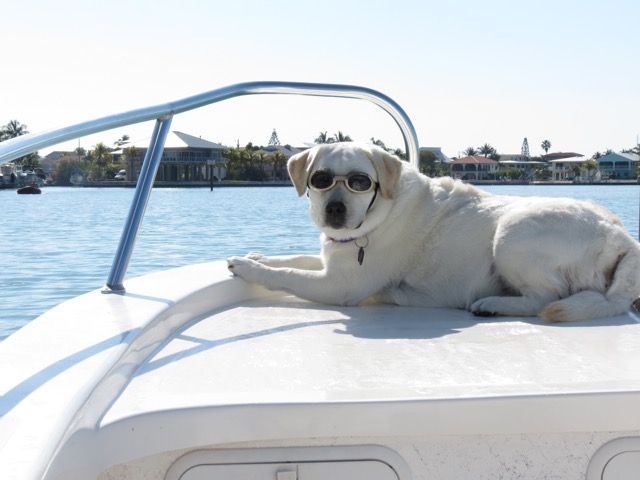While it isn’t possible or necessary to avoid the sun altogether, limiting the time spent outdoors between the hours of 10 am – 4 pm (in most of the continental U.S.) will help prevent over-exposure to ultraviolet (UV) rays. If you must be outdoors during these hours, try to move to the shade whenever possible.
Clothes and accessories that you wear are the most helpful form of prevention from harmful UV rays by blocking or absorbing UV. Wear a hat with a wide (at least 3”) brim to protect your head, face, and shoulders. Wear oversized sunglasses or those that wrap around to the temples and only those with 99-100% UV-A & UV-B protection. The most protective clothing is bright or dark in color, a tight weave, has a glossy finish, and is made with synthetic or rayon fibers. The more light you can see through the fabric, the more easily UV rays are able to penetrate. For extended periods of time outdoors, look for clothing that specifies UV protection.
Broad spectrum sunscreen will block both UV-A and UV-B ultraviolet rays. Two tablespoons of sunscreen are needed to cover the entire body. It should be applied 30 minutes prior to going outside, and be re-applied every 2 hours or after swimming or significant sweating. The minimum sun protection factor (SPF) suggested is 15; higher numbers give even more protection. Remember sunscreen is important to use year-round. On cloudy days, there will still be exposure to 70-80% of UV rays. Wintertime brings reflection of damaging UV off of snow and ice; sunscreen should be used to protect any exposed skin. Don’t forget to check the expiration date on your sunscreen!
Finally, pay attention to your skin. Do a full-length examination of your skin once a month and make note of any skin changes. See your primary care provider yearly for a professional examination of your skin. Early detection of skin cancer can make all the difference in the outcome.
References: cdc.org; mayoclinic.org; skincancer.org

